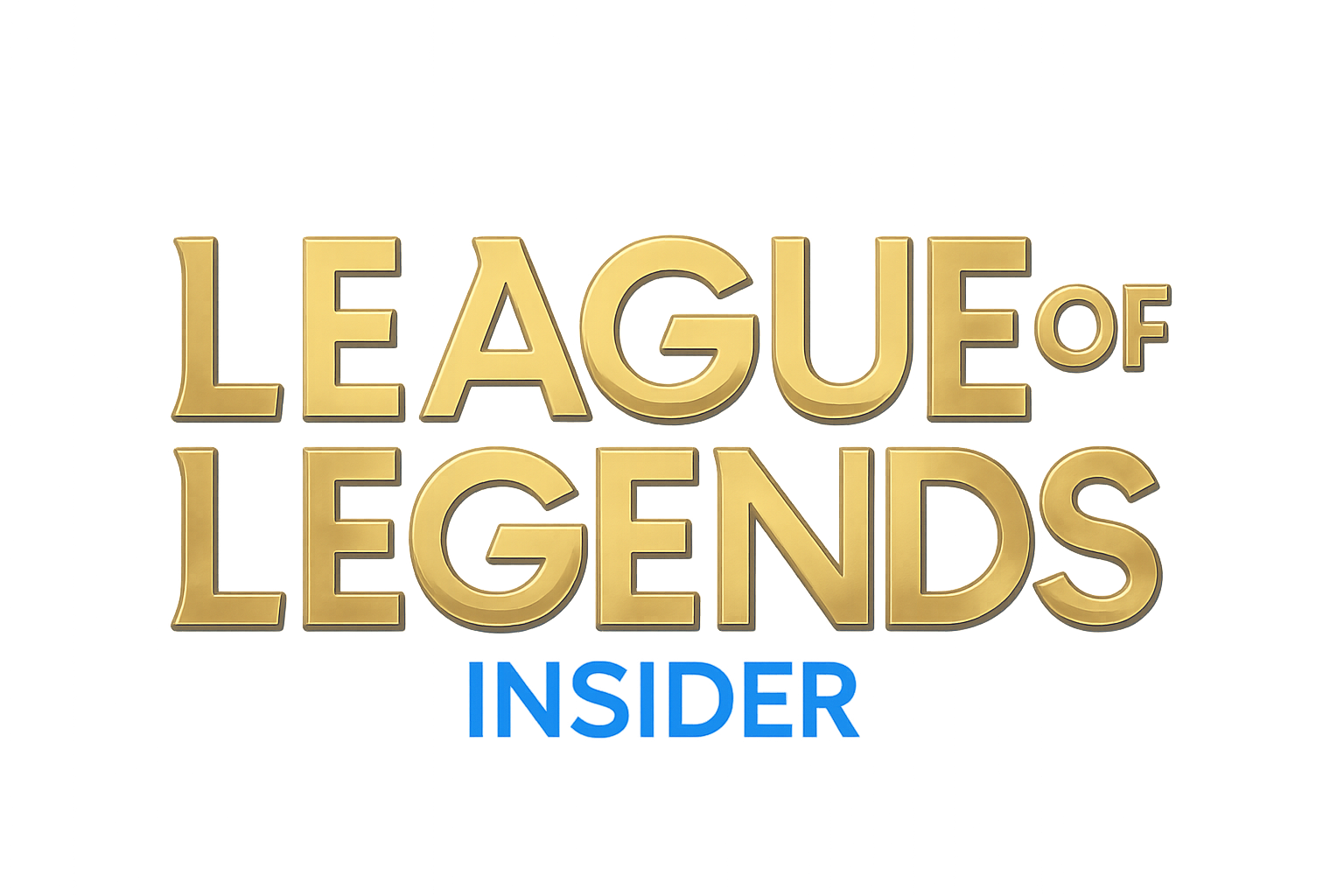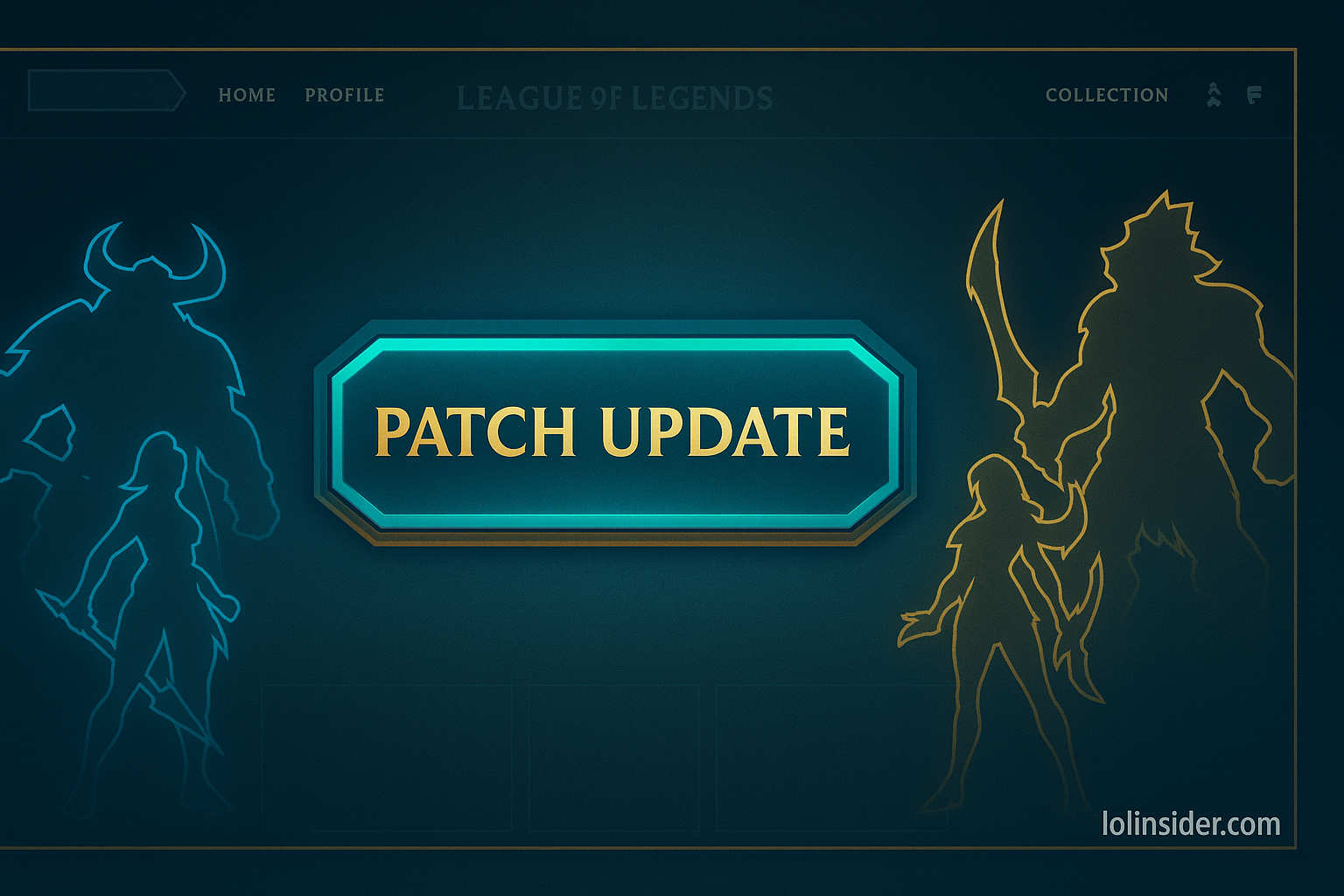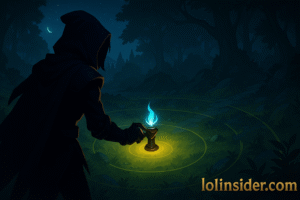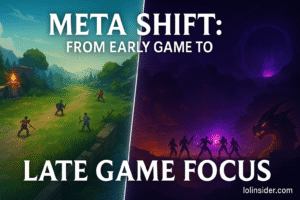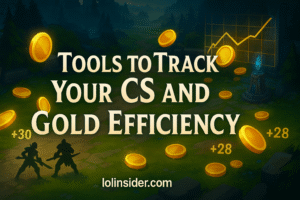For anyone starting out in League of Legends, one of the most confusing things isn’t just learning champions, items, or roles — it’s keeping up with Riot’s patch cycle. Every two weeks, Riot Games updates the game with a new patch, sometimes filled with buffs, nerfs, item changes, or even entirely new champions.
But what exactly is the Riot patch cycle? How do patches go from idea to release? Why do some changes make the game balanced while others create chaos? And how should you, as a beginner, adapt to these changes without getting overwhelmed?
In this detailed beginner’s guide, we’ll explain Riot’s patch cycle step by step, break down its impact on gameplay, and show you how to stay ahead of the curve so you’re never caught off-guard when the meta shifts.
1. What Is a Patch in League of Legends?
In the simplest terms, a patch is an update to the game. It can include:
- Champion changes (buffs, nerfs, or reworks).
- Item or rune adjustments.
- Bug fixes and quality-of-life improvements.
- New skins and cosmetic features.
- New champions or game modes.
Riot releases patches on a bi-weekly schedule, meaning a new patch usually comes every two weeks.
2. Why Riot Uses a Patch Cycle
League of Legends is a live service game, meaning it’s constantly evolving. Without patches, the game would quickly become stale or unbalanced.
Reasons for the patch cycle:
- Keep the game balanced across 160+ champions.
- Introduce new content (skins, champs, events).
- Respond to player feedback and pro play.
- Fix bugs and improve performance.
3. The Timeline of a Patch: From Concept to Release
Every patch goes through several stages:
- Internal brainstorming: Riot’s balance team analyzes data.
- PBE testing: Changes are pushed to the Public Beta Environment.
- Patch preview: Rioters tweet or post upcoming changes.
- Patch notes: The official update is published.
- Live release: Patch hits live servers worldwide.
4. The Public Beta Environment (PBE)
The PBE is where most patch changes are tested before going live. Anyone can apply for a PBE account, but it’s limited to certain regions.
- Pros: Players can try new content early.
- Cons: PBE isn’t always balanced — numbers often change before release.
5. Champion Balance: Buffs, Nerfs, and Adjustments
Champion balance is at the heart of every patch. Riot looks at:
- Win rates.
- Pick and ban rates.
- Pro play influence.
Examples:
- Buffing a champion with a 45% win rate.
- Nerfing a champion dominating pro play.
- Adjusting kits for smoother gameplay.
6. Item and Rune Updates
Items and runes define how champions are played. Patches often include:
- Stat adjustments (AD, AP, cooldown).
- Cost changes.
- Reworks of underused runes.
For beginners, keep an eye on which core items get adjusted — they can completely shift builds.
7. Bug Fixes and Quality-of-Life Improvements
Not every change is flashy. Riot also uses patches to:
- Fix visual glitches.
- Improve client performance.
- Clean up interactions between abilities.
8. Visual and Audio Updates (VFX, SFX, and Skins)
Patches also include content updates:
- Skins: New cosmetic looks for champions.
- VFX updates: Ability animations and particle effects.
- SFX updates: New sound effects.
These don’t affect gameplay but keep the game fresh.
9. Major vs Minor Patches
- Major patches (e.g., 14.1, 14.2): Big changes, sometimes new champions or preseason adjustments.
- Minor patches (14.1b, hotfixes): Small balance tweaks.
10. The Role of “Micropatches” and Hotfixes
If something is too broken, Riot deploys an emergency hotfix.
- Example: A champion released with a 70% ban rate.
- Micropatches are server-side tweaks that don’t require downloads.
11. Patch Previews and Patch Notes
Patch previews are teasers shared by Rioters (e.g., @RiotPhreak on Twitter).
Official patch notes are posted on the League of Legends website, explaining every change in detail.
12. How Pros and Streamers React to Patches
Pro players and high-Elo streamers often test changes first. Beginners can learn a lot by watching:
- How builds adapt.
- Which champions rise in priority.
- Which champions fall out of the meta.
13. How Patches Shape the Meta
The meta (most effective tactics available) is constantly shifting because of patches.
- Buffs → More people play those champions.
- Nerfs → Champions disappear from ranked and pro play.
- Item reworks → Entire roles adapt.
14. Learning to Read Patch Notes as a Beginner
Tips for beginners:
- Focus only on your main champions at first.
- Highlight item changes related to your role.
- Ignore skin updates if you only care about gameplay.
15. Adapting Your Champion Pool to Patch Changes
- Don’t abandon your mains immediately.
- If your champ is nerfed, see if it’s still viable.
- Use patches to slowly expand your pool.
16. How Patches Affect Ranked Play
Patches can shift your climb drastically.
- Queue early in a patch if you understand the changes.
- Avoid the first day if you hate chaos (everyone spams buffed champs).
17. Seasonal vs Regular Patches
- Seasonal patches: Preseason updates (e.g., new jungle system).
- Regular patches: Bi-weekly adjustments.
Preseason patches are the biggest — they can feel like a new game.
18. How Riot Decides on Balance Changes
Riot uses:
- Data-driven stats (win rates, pick rates).
- Pro play insights.
- Community feedback.
Balance isn’t perfect, but Riot’s data set is massive.
19. Community Feedback and Data Analysis
Community voices (Reddit, Twitter, forums) influence balance. But Riot balances primarily using global data, not just loud opinions.
20. Patch Cycle in Esports: LCS, LEC, and Worlds
Riot locks patches for pro play. For example:
- Worlds is usually played on a patch released a few weeks earlier.
- This prevents chaos during major tournaments.
21. The Psychology of Patch Hype
Every patch brings excitement — and fear.
- Beginners often feel overwhelmed.
- Veterans see patches as opportunities to exploit new metas.
22. Common Beginner Mistakes After a Patch
- Copying pro builds without context.
- Assuming nerfed champions are unplayable.
- Ignoring item changes.
23. Tools to Track Patch Changes
- League of Legends official site.
- Probuilds.net (see what pros build).
- OP.GG, U.GG, Mobalytics (stats-based analysis).
24. How to Prepare for Each Patch
- Check previews.
- Watch streamer reactions.
- Try changes in Normal games before Ranked.
25. Future of Riot’s Patch Cycle
Riot has hinted at more:
- Dynamic patches that adjust faster.
- More micropatches to avoid broken metas.
- Integration with Riot Client for patch explanations.
26. FAQs
Q: How often does Riot release patches?
A: Every two weeks, unless delayed by holidays.
Q: Do patches always bring new champions?
A: No, new champions release only a few times a year.
Q: Can I ignore patches as a beginner?
A: No, at least skim patch notes for your role or champion.
Q: What’s the difference between a hotfix and a patch?
A: A hotfix is an emergency adjustment between major patches.
27. Conclusion
Understanding Riot’s patch cycle is essential for every League of Legends player, especially beginners. Patches are the heartbeat of the game, ensuring balance, freshness, and excitement. By learning how patches work, reading notes effectively, and adapting your playstyle, you’ll never feel lost when the meta shifts.
Instead of fearing patches, use them to your advantage — because the players who adapt fastest are the ones who climb the quickest.
